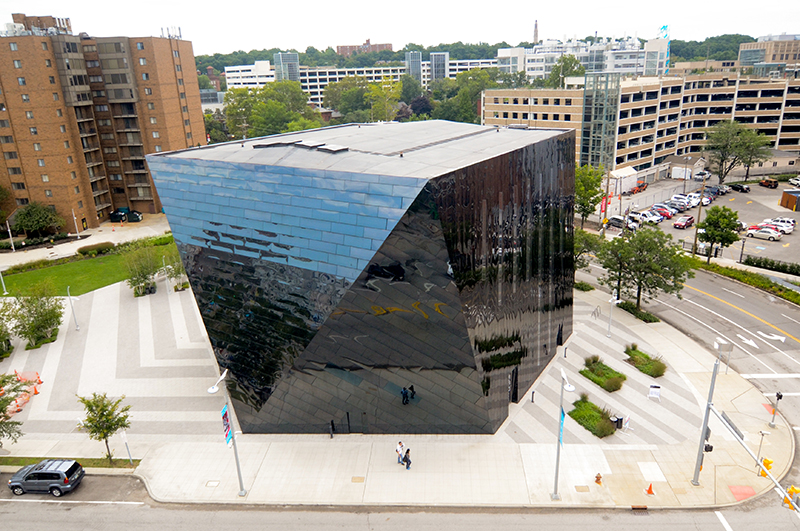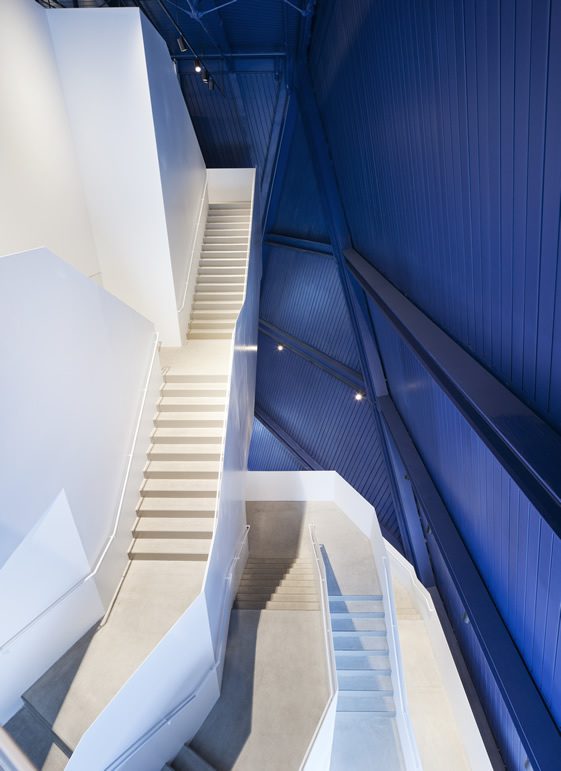

When it was preparing the Leonardo show, the museum was warned that “there is a way in which institutions like MoCA put that pain and trauma on display disrespectfully and somewhat gratuitously-that there is a performative aspect to our presentation of it,” Snyder told the New York Times. Shaun Leonardo, Freddie Gray (drawings 1–6), 2015.

“There were voices of those who believe that presenting the work, as uncomfortable as it would have been for the Cleveland community, would have been a brave and productive step,” she told. We prevented ourselves and our community from having the difficult and urgent conversations that contemporary art seeks to advance.”Īfter speaking with more people, Snyder said she realized the concerns about the show were not as widespread as she initially believed. We did not expand the conversation within our community. Leonardo in creating space for dialogue and debate. “In responding to this feedback, regretfully we did not engage Mr.


“Prominent voices in the activist community” feared the artwork “could stir trauma, leading to pain and harm,” explained museum executive director Jill Snyder. In response to Leonardo’s statement, the museum posted a second apology to its website that sought to shed more light on its thinking. Shaun Leonardo, Freddie Gray (drawing 2), 2015. Last year, the Guggenheim hosted a workshop-performance by Leonardo that engaged people on different sides of the gun debate. Ironically, some of the artist’s work-which has revolved around social practice and issues of justice since 2012, when Trayvon Martin’s death sparked a national reckoning-is directly related to community engagement and difficult conversations. “After grave mishandling of communication regarding the exhibition, institutional white fragility led to an act of censorship.” (Leonardo declined to comment further to Artnet News.) “I must make it clear that I was never given the opportunity to be included in outreach, and therefore, never had a moment to engage any community member regarding the show,” Leonardo said in his statement this week. Leonardo’s charcoal drawings display scenes of police violence-Eric Garner in a chokehold, the beating of Rodney King, the Cleveland park where Tamir Rice was killed-from various angles, sometimes blurring the surroundings or rendering the victim as a void. But he felt compelled to break his silence to counter “what I saw as empty messaging coming out of primarily white art institutions since the death of George Floyd.” “Amid this seemingly impossible moment we are living through, I’ve struggled with speaking about the exhibition at all,” Leonardo told the New York Times. In a statement released this week, Leonardo criticized the institution for not involving him in these conversations and accused it of censoring the show rather than confronting the difficult issues it raised. “We encountered troubling community response that suggested at this time we were not prepared to engage with the lived experiences of pain and trauma that the work evokes,” the museum told the artist in a now-public message. The artist was originally informed several months ago that the museum planned to cancel the exhibition, organized by independent curator John Chaich. But the exhibition was quietly cancelled back in March-and now, against the backdrop of historic protests sparked by the deaths of George Floyd and Breonna Taylor at the hands of police, the museum’s decision, and the artist’s opposition to it, have become public. This weekend, the Museum of Contemporary Art Cleveland had planned to open a show that could not be more timely: an exhibition of drawings by the artist Shaun Leonardo depicting scenes of police officers killing African American and Latino men.


 0 kommentar(er)
0 kommentar(er)
